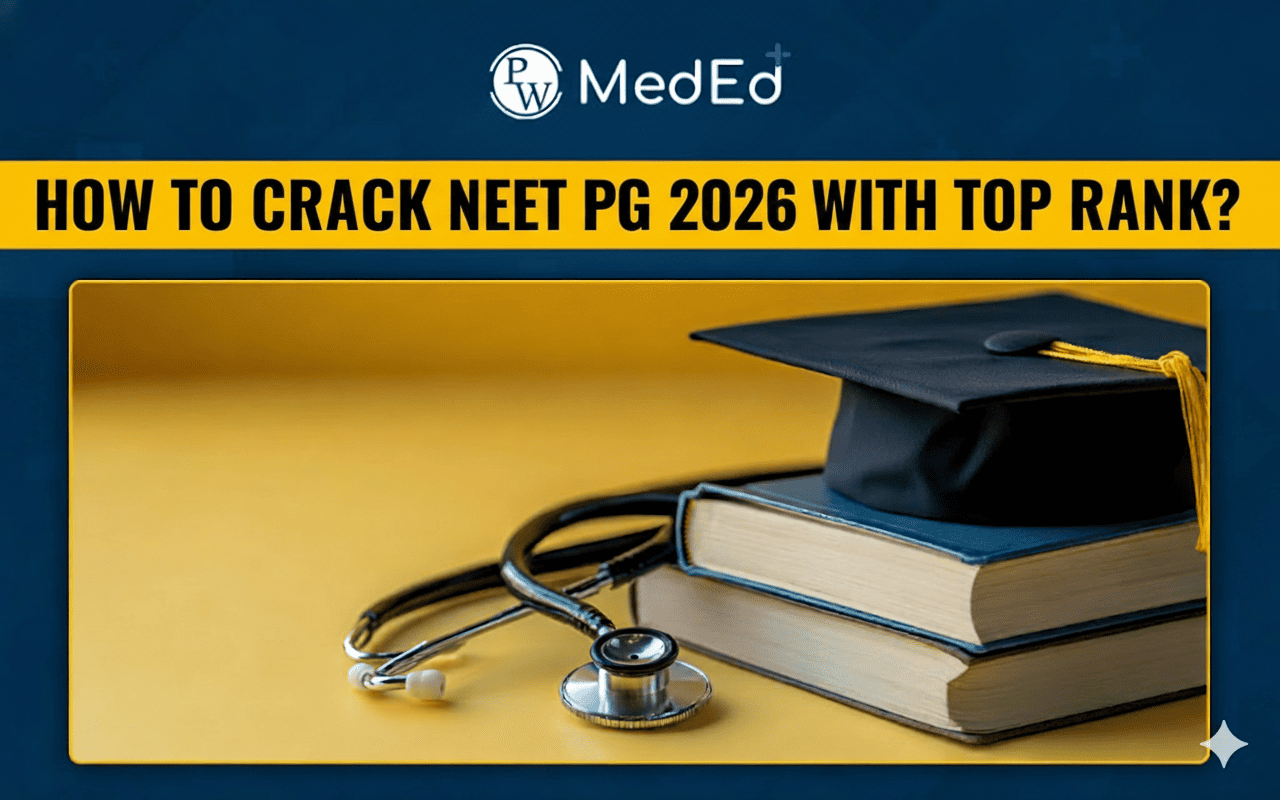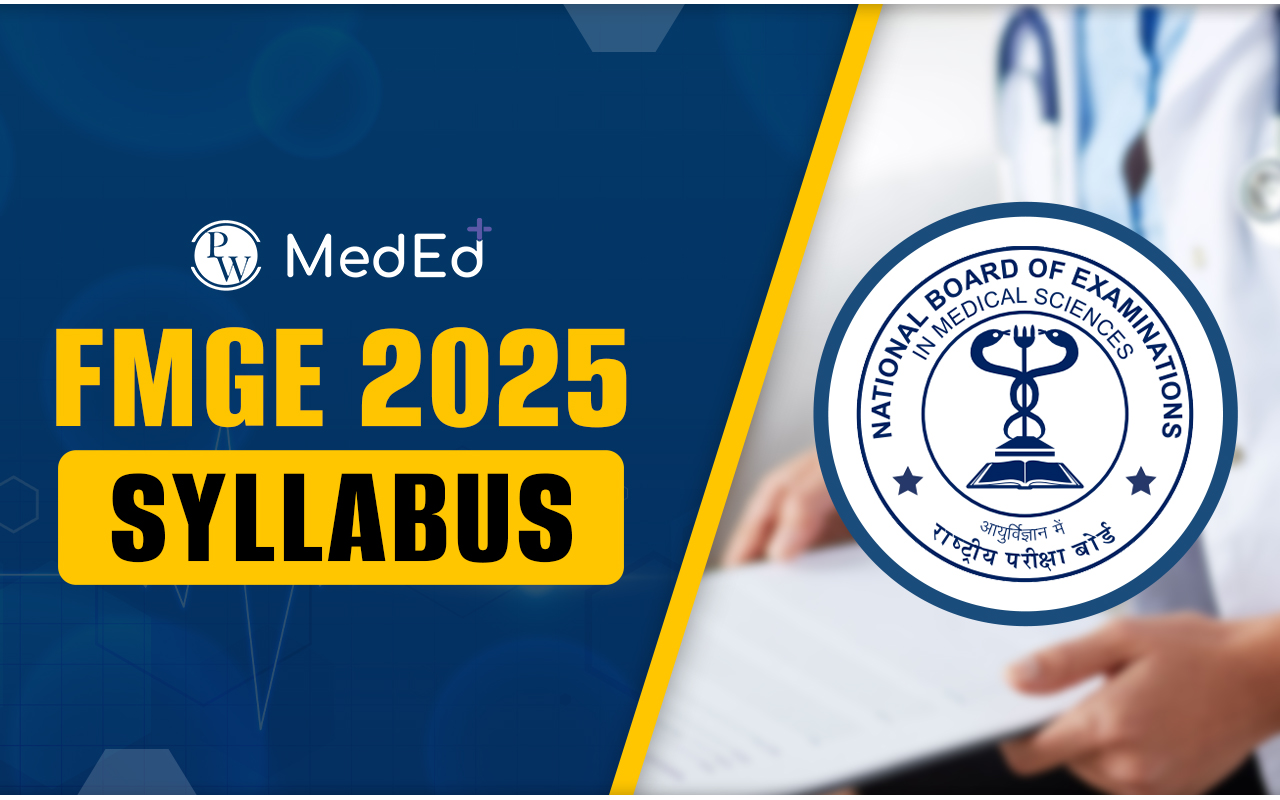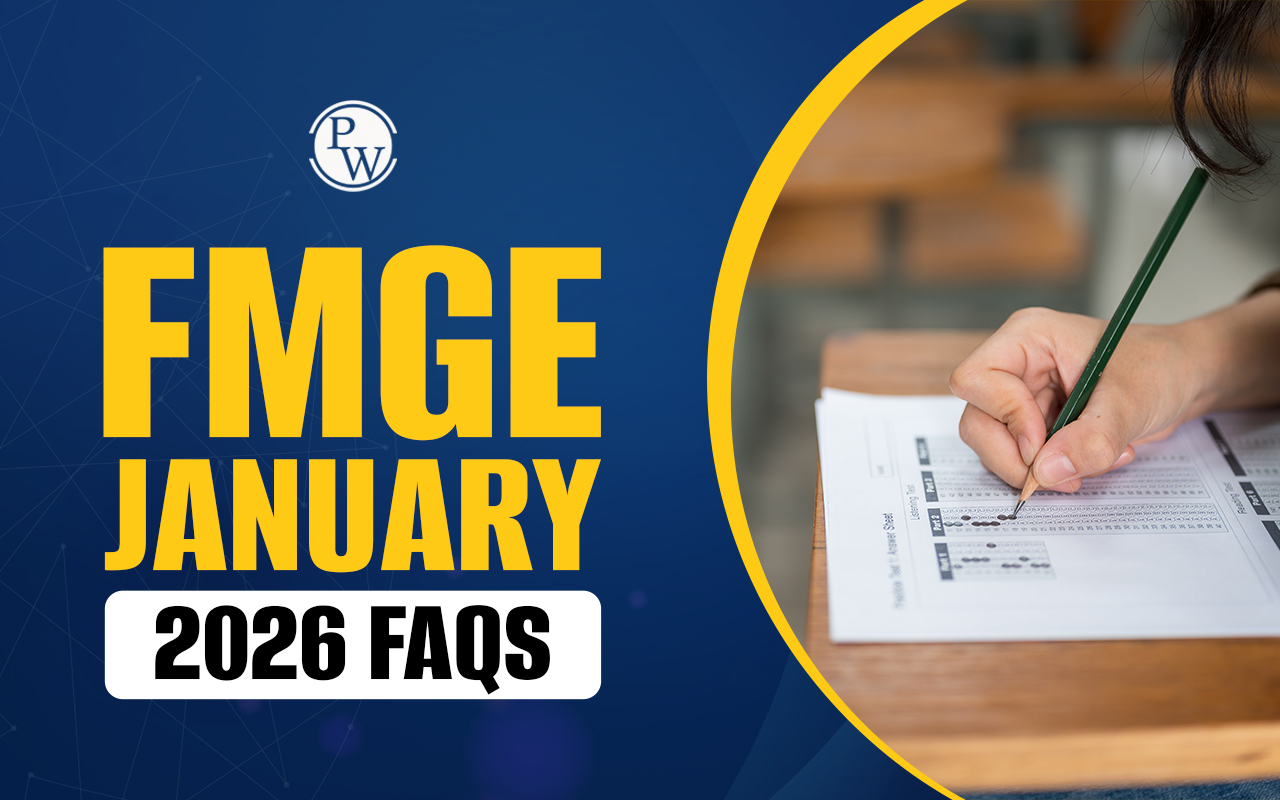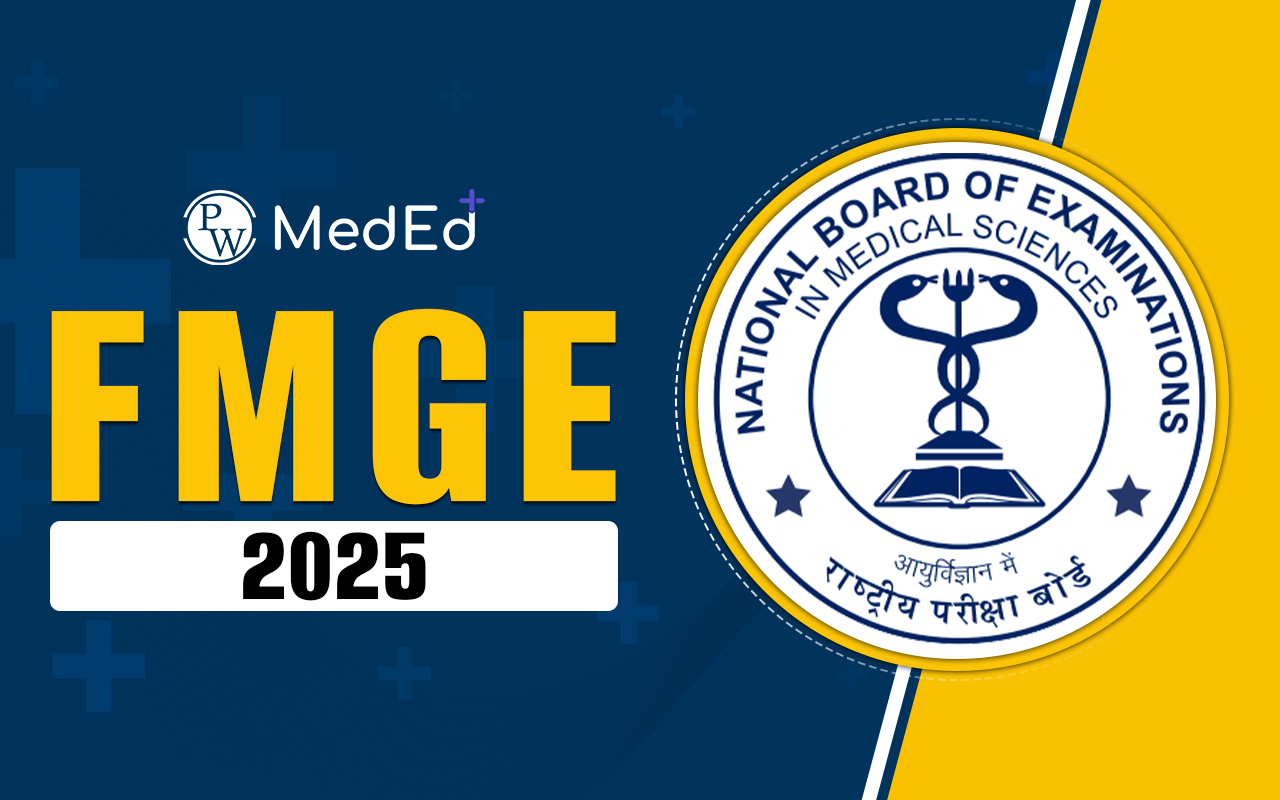
The muscular system anatomy is essential for understanding how the body moves and functions. The muscular system comprises specialized cells known as muscle fibers, which are responsible for movement through their ability to contract. These muscles attach to bones, internal organs, and blood vessels, enabling various bodily movements. Almost every movement in the human body results from muscle contractions, except for actions like the motion of cilia, sperm cell flagella, and certain white blood cell movements.
Download : PW Med Ed app
Functions of the Muscular System
The muscular system works in close collaboration with bones and joints to facilitate movements such as walking, running, and lifting. Additionally, muscles contribute to more subtle movements like facial expressions, eye motion, and respiration. Muscle contractions serve several other vital functions, including:
-
Posture Maintenance: Skeletal muscles constantly make fine adjustments to help the body maintain stable positions, such as sitting or standing.
-
Joint Stability: Muscle tendons help stabilize joints, particularly in areas like the knees and shoulders.
-
Heat Production: Approximately 85% of the body’s heat is produced by muscle contractions, playing a crucial role in maintaining body temperature.
What Are Muscles?
Muscles are soft tissues throughout the body that aid in movement, organ function, and support. The heart, for instance, is a specialized muscle that beats thousands of times daily to keep the body alive. Since muscles are involved in so many bodily functions, they are also vulnerable to injuries and medical conditions. Persistent muscle pain lasting more than a week or difficulties in movement should be evaluated by a healthcare provider.
Types of Muscle Movements
Muscles are responsible for two primary types of movement:
-
Voluntary Movements: These are consciously controlled actions, such as lifting a cup, walking, or running.
-
Involuntary Movements: These occur automatically, like the heartbeat, digestive processes, and breathing.
In addition to movement, muscles also play essential roles in vision, hearing, respiration, digestion, circulation, and even childbirth.
Anatomy of Muscles
The human muscular system anatomy consists of thousands of small fibers woven together, allowing for contraction and relaxation. The body contains more than 600 muscles, which are categorized into three main types:
-
Skeletal Muscles: These voluntary muscles work with bones, tendons, and ligaments to facilitate movement. They consist of both fast-twitch fibers (for rapid, powerful movements) and slow-twitch fibers (for sustained activities like maintaining posture).
-
Cardiac Muscle: Found exclusively in the heart, cardiac muscle is involuntary and contracts rhythmically to pump blood throughout the body.
-
Smooth Muscles: These involuntary muscles line various organs and blood vessels, playing crucial roles in functions such as digestion, respiration, and blood circulation.
Common Muscle-Related Conditions and Disorders
Given their importance, muscles can be affected by various conditions and disorders. Some common muscle-related issues include:
-
Muscle Strains: Overuse or excessive stretching can cause tears in muscle fibers.
-
Fibromyalgia: A condition that leads to widespread muscle pain and fatigue.
-
Myopathies and Myositis: Disorders that affect muscle strength and function.
-
Infections: Conditions such as the flu or COVID-19 can cause muscle pain and weakness.
-
Neuromuscular Diseases: Conditions like Amyotrophic Lateral Sclerosis (ALS) impact muscle control.
Symptoms of Muscle Disorders
Common signs of muscle injuries or conditions include:
-
Muscle pain and weakness
-
Stiffness and cramps
-
Swelling and bruising
-
Difficulty moving or weakness in affected areas
-
Skin discoloration over injured muscles
Diagnosis and Treatment of Muscle Conditions
Healthcare providers use various diagnostic methods to assess muscle disorders, including blood tests, electromyography (EMG), MRI scans, ultrasound, and muscle biopsies. Treatment options depend on the specific condition and may involve:
-
Rest, Ice, Compression, and Elevation (RICE) for injuries
-
Physical therapy for rehabilitation
-
Medications to manage pain and inflammation
-
Surgical intervention in severe cases
Caring for Your Muscles
To maintain healthy muscles, consider these essential practices:
-
Warm up and stretch before physical activities to prevent strains
-
Gradually increase physical activity levels to avoid overexertion
-
Stay hydrated and follow a balanced diet to nourish your muscles
-
Ensure adequate rest and recovery time for muscle repair
When to See a Doctor
It is crucial to seek medical attention if you experience persistent muscle pain, sudden weakness, or severe spasms. Immediate care is needed for symptoms such as:
-
Chest pain or difficulty breathing
-
Loss of mobility or balance
-
Sudden vision issues
-
Uncontrollable muscle spasms
-
Problems with bladder or bowel control
The muscular system anatomy plays a pivotal role in the human body, allowing movement, stability, and numerous bodily functions. Although muscles are remarkably adaptable and resilient, they are also vulnerable to injuries and disorders. By maintaining proper muscle care and recognizing early symptoms of muscle issues, you can support your muscle health and overall well-being. Understanding the muscular system anatomy and its complexities is the first step to ensuring a strong, functional body throughout life.
Ace the NEET PG exam for the dedicated career in medicine. Download the PW Med Ed app to get dedicated faculty guidance!What is Muscular System Anatomy FAQs
What is the muscular system anatomy?
What are the functions of the muscular system?
What are the main types of muscles in the human body?
What are common disorders of the muscular system?
How can I take care of my muscles?










